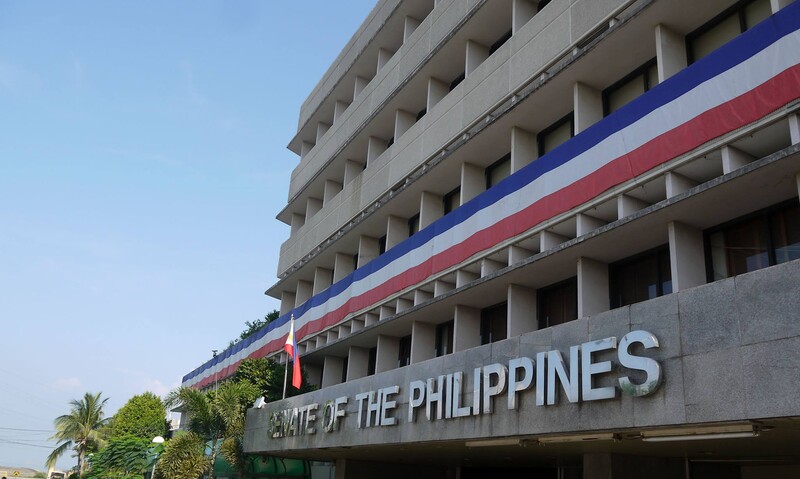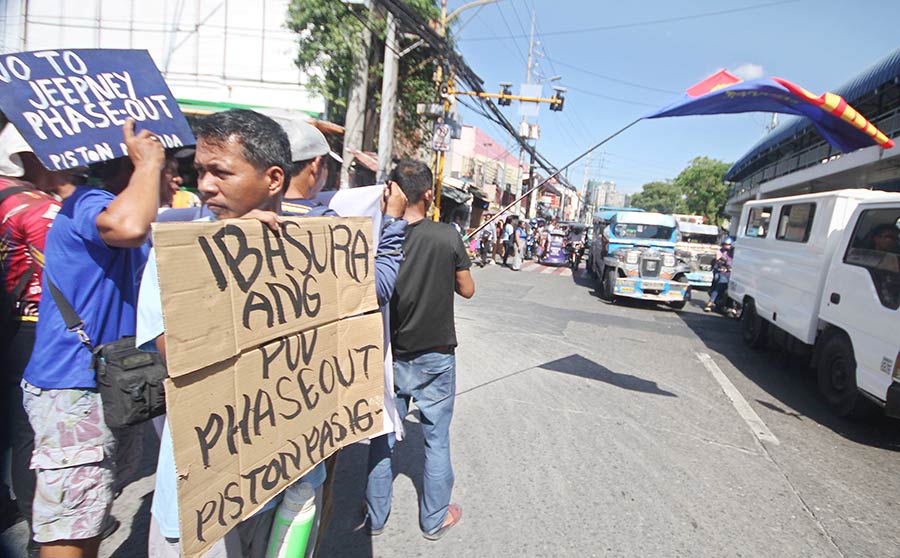THE Philippine Atmospheric, Geophysical and Astronomical Services (PAGASA) yesterday said the country recorded its highest heat index of 53 degrees in Iba, Zambales last Sunday.
Weather specialist John Manalo said the heat index experienced in Iba town is categorized in the level of “extreme danger,” when heat stroke is imminent among residents.
Also last Sunday, Manalo said Metro Manila experienced a heat index of 43 degrees, the highest for the region this year.
He cautioned the public against making outdoor plans in the coming days, saying that a heat index of 52 degrees and above might be experienced in other areas across the country.
“The magnitude of the heat index may increase as we approach the first and second week of the month of May,” he said.
Yesterday, the weather bureau said 40 areas are forecast to have a danger-level heat index of 42 to 46 degrees today.
Dagupan City in Pangasinan is expected to feel a heat index of 46 degrees, while Tuguegarao City and Aparri town in Cagayan, Coron and Aborlan towns in Palawan, and San Jose town in Occidental Mindoro will simmer at a 45 degrees heat index.
PAGASA said 34 areas, including Quezon City and Pasay City, are projected to have a heat index ranging from 42 to 44 degrees Celsius.
The others are Sinait town in Ilocos Sur, Laoag City and Batac town in Ilocos in Norte, Bacnotan town in La Union, Bayombong town in Nueva Vizcaya, Echague town in Isabela, Iba town in Zambales, Clark Airport in Pampanga, Muñoz town in Nueva Ecija, Baler and Casiguran towns in Aurora, Olongapo City in Zambales, Tayabas City and Alabat town in Quezon, Sangley Point in Cavite, Tanauan town in Batangas, Puerto City in Palawan, Daet in Camarines Norte, Legazpi City in Albay, Virac town in Catanduanes, and Masbate City in Masbate.
It will also be extremely hot in Pili town in Camarines Norte, Roxas City and Mambusao town in Capiz, Iloilo City and Dumangas town in Iloilo, La Carlota City in Negros Occidental, Tacloban City in Leyte, Guiuan town in Eastern Samar, Maasin town in Southern Leyte, Zamboanga City in Zamboanga del Sur, and Butuan City in Agusan del Norte.
A heat index ranging from 42 to 51 degrees Celsius has been classified by PAGASA under the danger level. It said heat cramps and heat exhaustion are likely to be experienced by residents, while heat stroke is possible under this condition.
PAGASA defines heat index as the “measure of the contribution that high humidity makes with abnormally high temperatures in reducing the body’s ability to cool itself.”
ONLINE CLASSES
The country canceled in-person sessions in public schools for two days from Monday, warning that the power grid in Luzon could be strained in a heatwave that is also broiling other parts of Southeast Asia.
Forecasters said temperatures in the capital region could soar to 37 degrees Celsius (98.6 degrees Fahrenheit) in the next three days, as the heat index hovering at a record 45 degrees (113 degrees F) threatens residents with heat stroke from prolonged exposure.
The heat index could stay in record territory until the second week of May, Glaiza Escullar, a state weather forecaster, told radio station DZBB.
“We already have reports of high blood pressure and dizziness, and fainting by pupils and teachers in the past days,” Benjo Basas, chairperson of the Teachers’ Dignity Coalition, told the DWPM radio station.
Last Sunday, the Department of Education ordered public schools nationwide to switch to online learning because of the heat forecasts, since classrooms can be crowded and few have air-conditioning.
In addition to more than 3.6 million students in the public school system affected by similar suspensions last week, several private schools and universities have also shifted to online classes.
The heatwave is straining power supplies in Luzon, which contributes three-quarters of economic output, as reserves have thinned after 13 power plants shut down this month, the grid operator said in a statement.
In Metro Manila, temperatures could reach 38.3 degrees Celsius (100.94 degrees F) next month, just off a May 1987 record of 38.5 degrees (101.3 degrees F), senior official Marcelino Villafuerte told a briefing on Monday.
Also on Monday, authorities at the Ninoy Aquino International Airport Terminal 3 pressed into service fans to combat stifling heat after two of its six cooling towers stopped working the previous day.
In neighboring Indonesia, warmer weather has been blamed for a surge in mosquito-borne dengue fever to 35,000 cases last month from 15,000 a year earlier.
The El Niño weather pattern has prolonged the dry season and hotter temperatures have accelerated the mosquito lifecycle, health ministry spokesperson Siti Nadia Tarmizi told the Antara state news agency.
OLD SCHOOL CALENDAR
Senate President Juan Miguel Zubiri pressed the DepEd to fast-track the return to the June to March school calendar to spare students from the effects of the extreme heat being experienced during the months of April and May.
In a statement, Zubiri said the DepEd and the Commission on Higher Education should revert to the June to March academic calendar this coming school year 2024-2025, instead of a gradual return in SY 2025-2026, which he said would further subject students and teachers to possible health hazards next summer season.
“Aside from exposing our students and teachers to the dangers of extreme heat, I honestly believe that the prevailing summer conditions during summer are not conducive to learning,” Zubiri said.
“Kaya kung puwede ay huwag na nating hintayin ang school year 2025-2026. Kung ipatupad sa susunod na school year, gawin na natin at kawawa ang ating mga estudyante sa susunod na summer (That’s why if it is possible, let us not wait for SY 2025-2026. If we can implement it in the next school year, we should do it because students will suffer the next summer season),” he said.
Zubiri said he has withdrawn Senate Bill No. 788, which he filed at the start of the 19th Congress, which seeks to synchronize the school year to start in the month of August.
“In an ideal world, we do want to be in sync with international school calendars to give our students a better chance at getting into programs abroad. But the reality is that, the August calendar has proven to be disruptive to our education system, and even dangerous to the health of our children and school staff,” he said. — With Raymond Africa and Reuters




